Deciding to set Polycity in some un-named American metropolis, was a decision driven almost entirely by a comedy hero of mine.
I’ve always been a huge fan of the cult TV series police squad and the naked gun films it spawned (all 33 and 1/3 of them).
Leslie Nielson as the legendary Lieutenant Frank Drebin was simply comedy genius and during my formative years was the best thing on VHS (or Betamax)
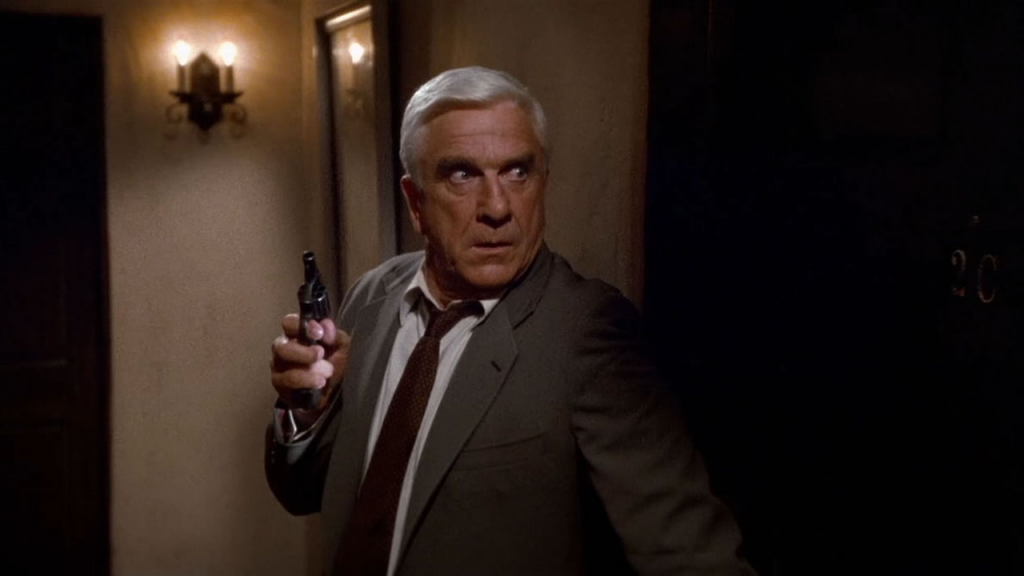
I just love that dead pan delivery, especially in his voice over sequences as he drives between scenes and provides exposition in the films and those incredible scripts littered with great word play, puns and broken metaphors.
I wanted to bring some of this style back to life in PolyCity and frankly, (pun intended) it wouldn’t have worked in a British accent, or a British setting.
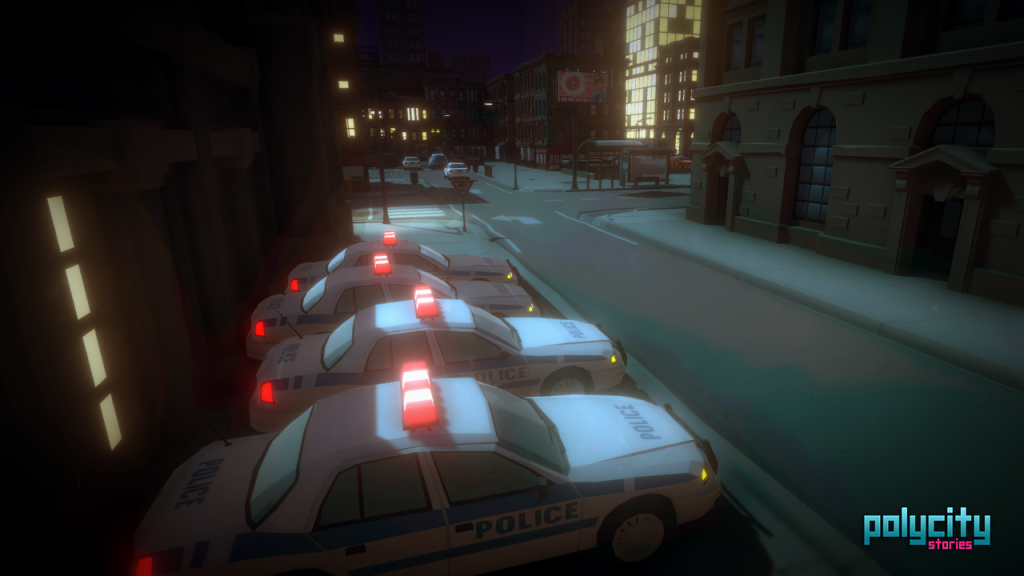
That immediately posed me a problem, in that (if you hadn’t guessed already) I’m British and my attempt at an American accent is laughable. I knew straight out the gate that I was going to have to employ somebody to bring this feeling to the game and that of course meant spending some money.
With over a decade of experience working in the digital software sector, there’s a number of voice over artists I’ve used and known through my day job, but I knew that the styles they deliver wouldn’t really suit what I was after… It was then I remembered Fiver !
If you’ve not heard of Fiver then the concept is simple. You go on the site and look at content creators offering their services for as little as £5.
If you are familiar with Fiver, you’ll also know that NOBODY does anything for a fiver! certainly not anything decent.
This meant I had to bite the bullet and try a couple of people out to find the voice I needed. Armed with a little description of what I was after and the first 10 lines of dialogue from the game I paid a total stranger (who sounded like the perfect fit from his showreel) to record the lines and send me them back.
8 hours later, I had an email.30 seconds later I had a MASSIVE smile on my face.
Eric, had scored a direct hit, first time! An excellent husky deep voice, perfect accent and exactly the right pace.
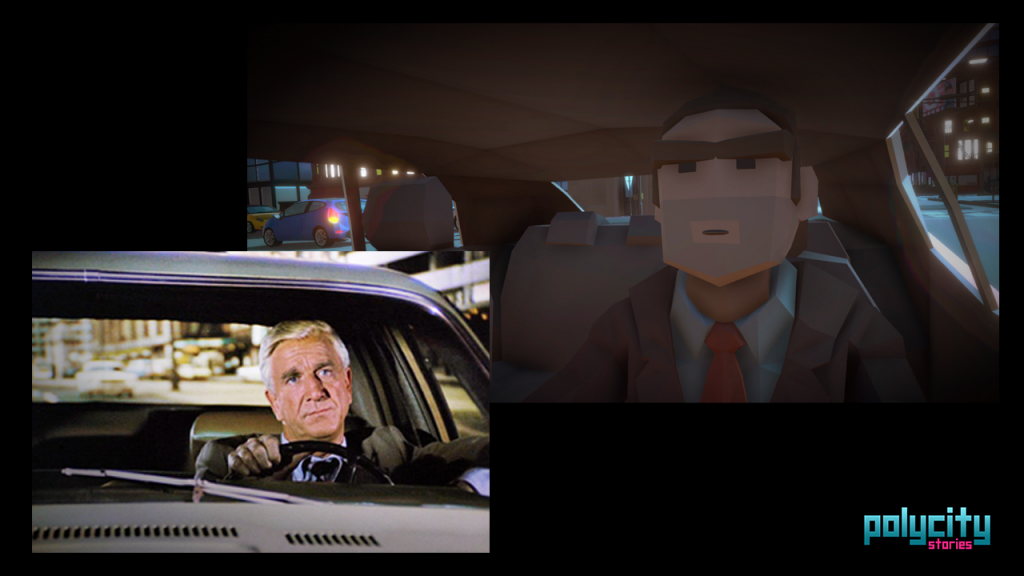
It was amazing how much his voice brought to the first few scenes and helped define that style, and just how much that invigorated me and drove me forward with development.
You can hear his excellent influence in the teaser I put out last month, and with that moody lounge jazz in the background it’s the perfect combo.
I’m looking forward to sharing another trailer with you all soon, when you can appreciate a few more lines of his frankly excellent voice!
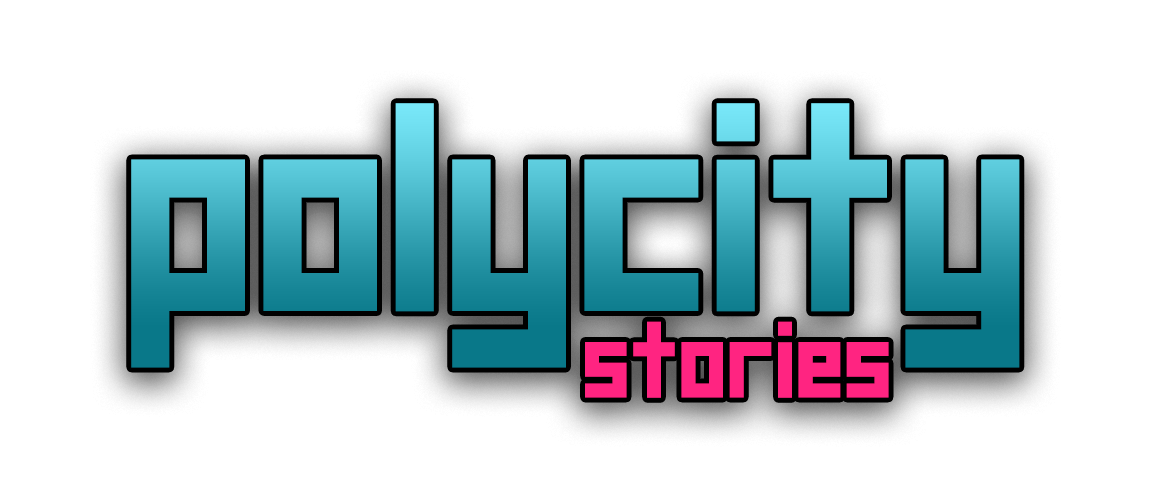
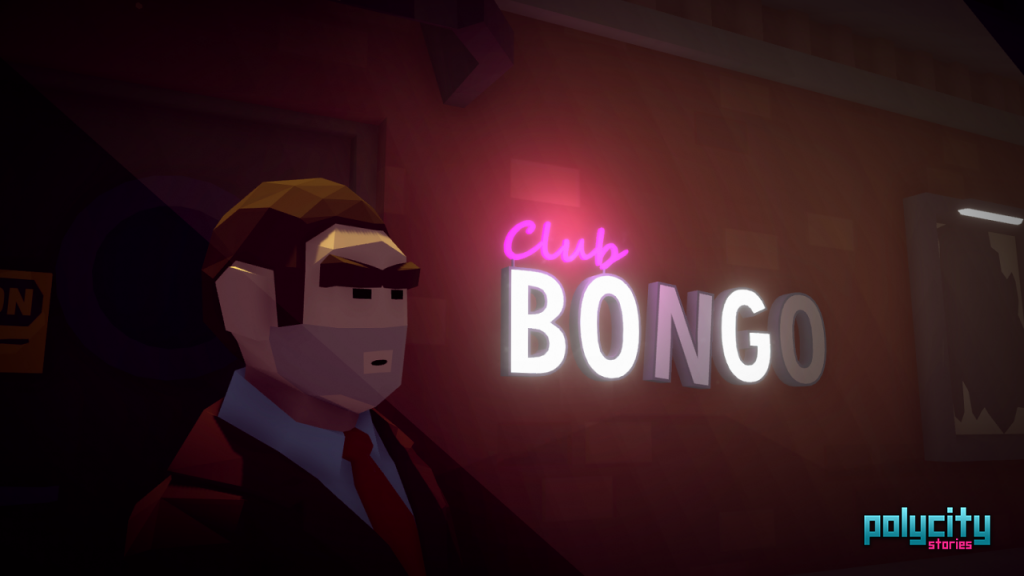
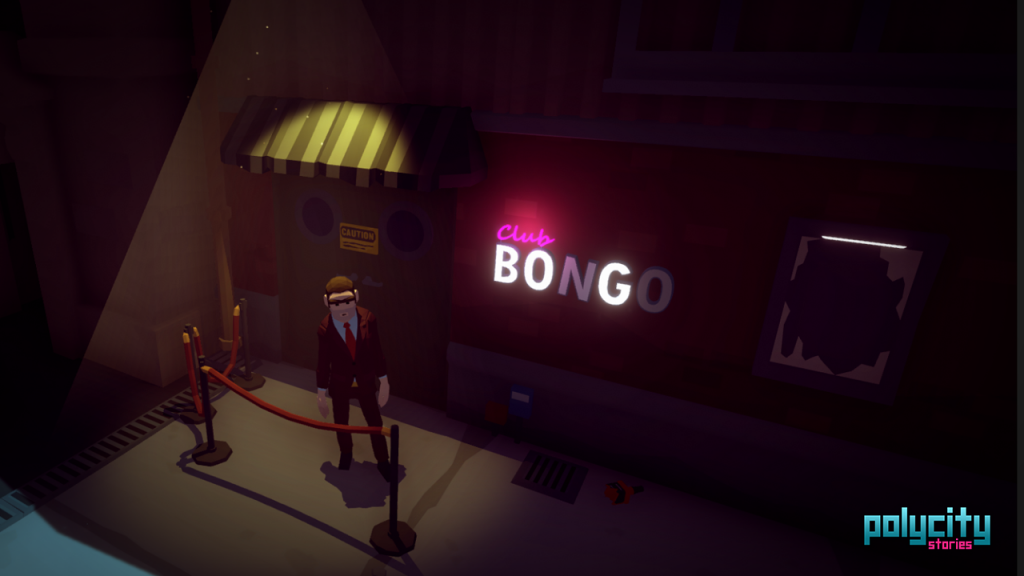
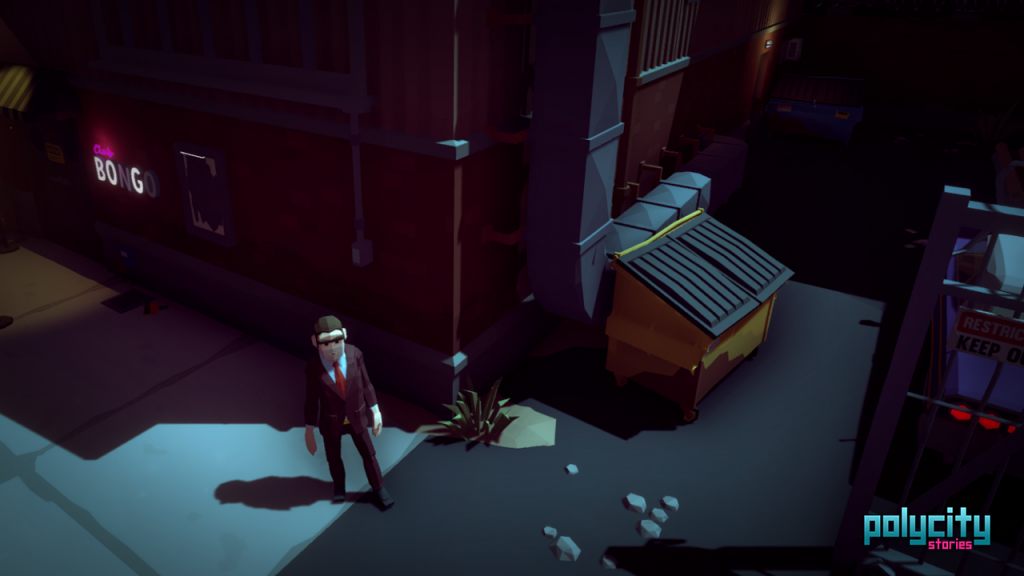
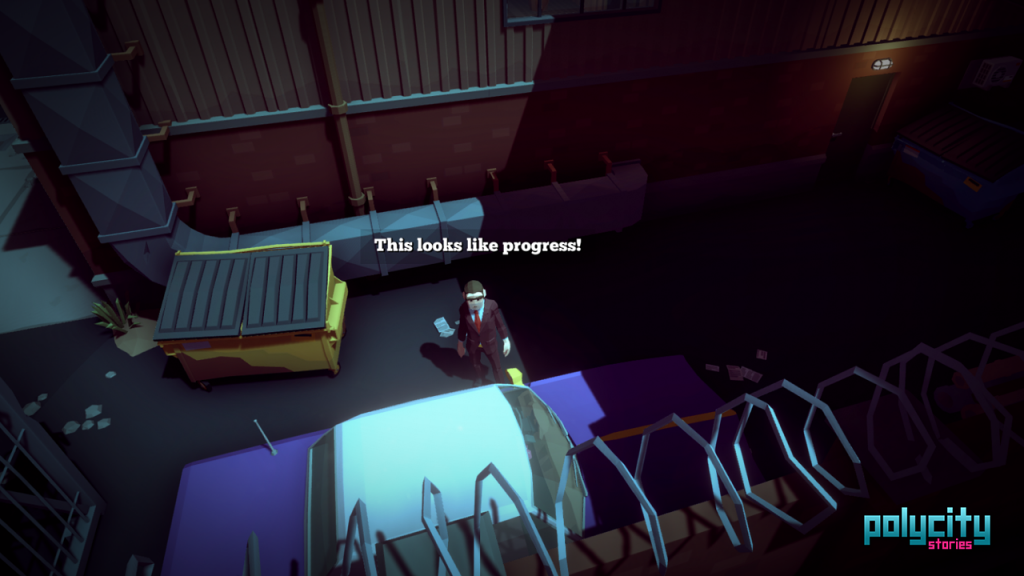
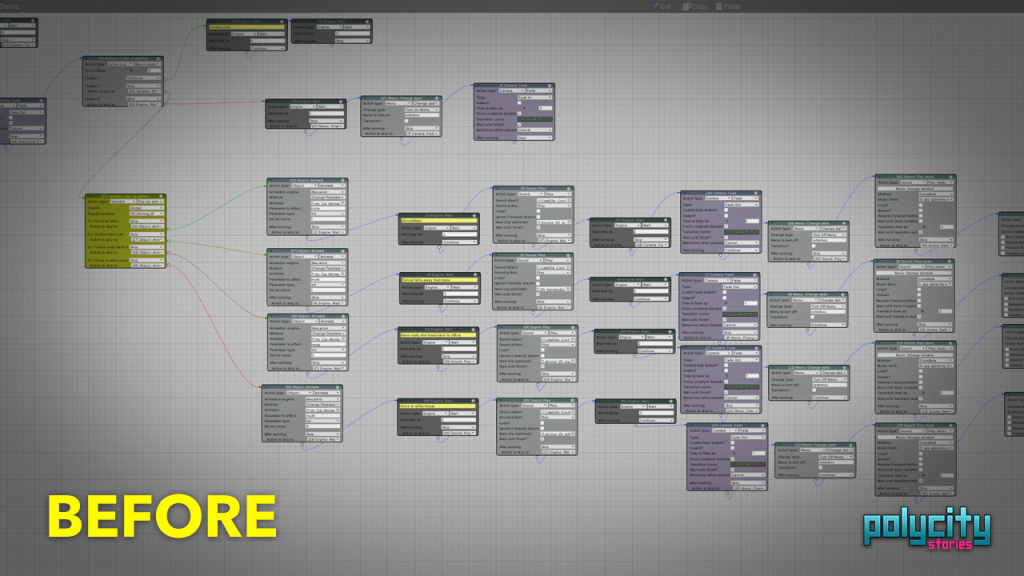
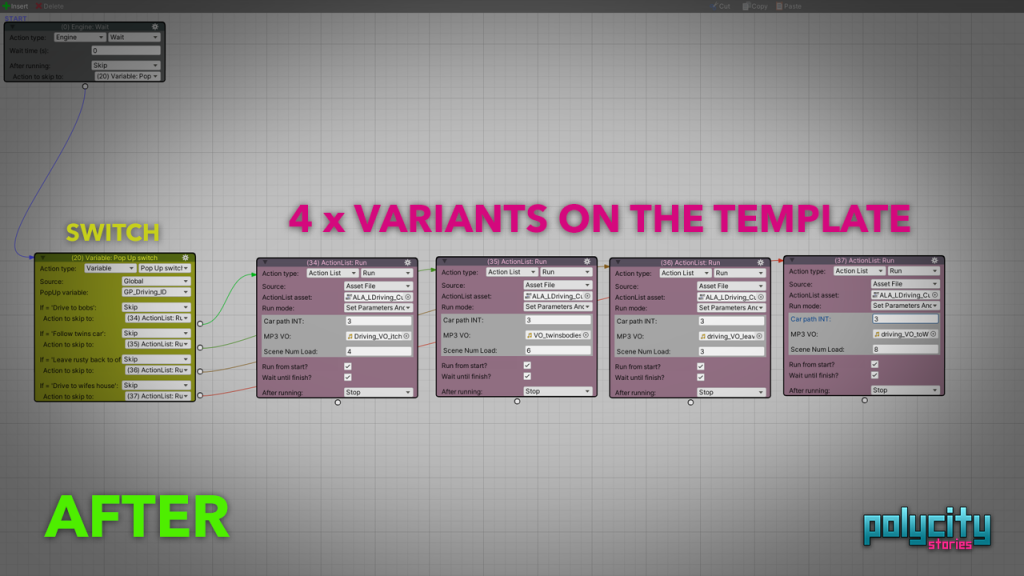
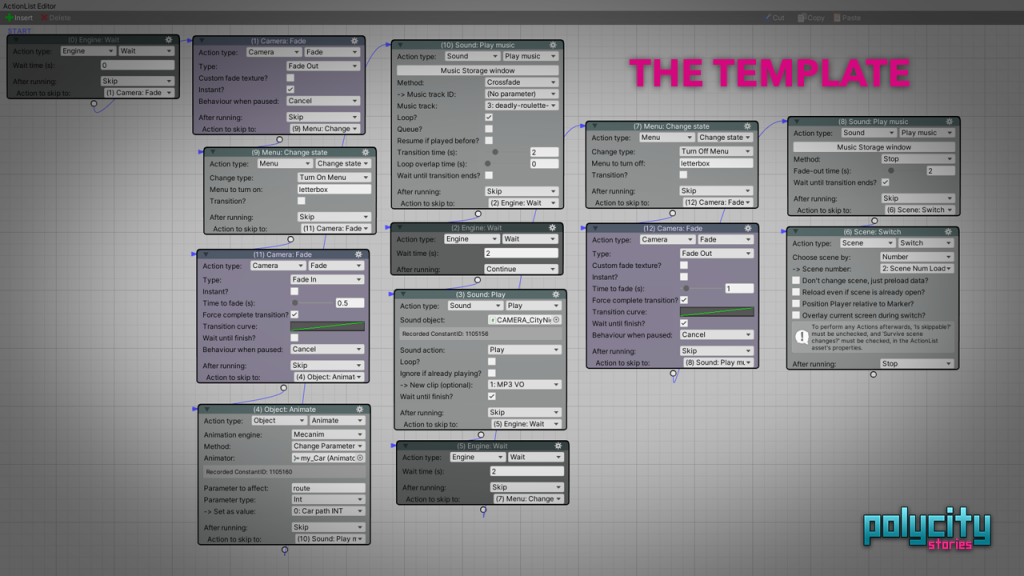
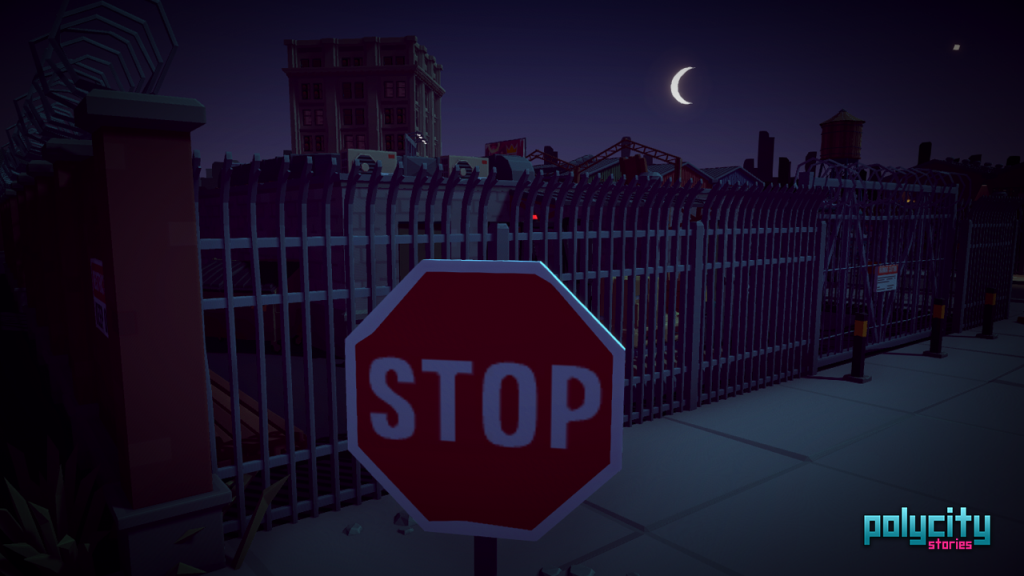
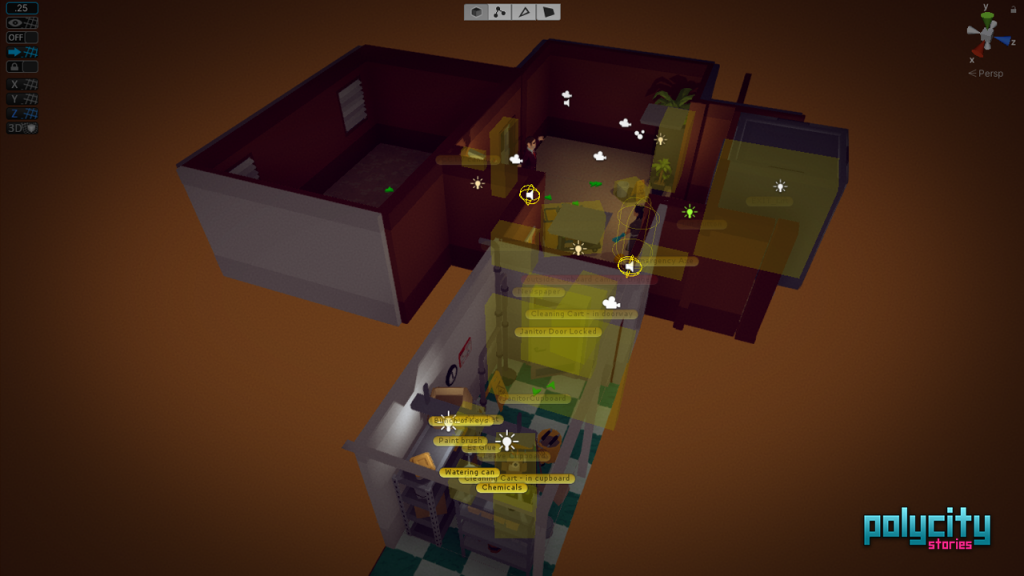
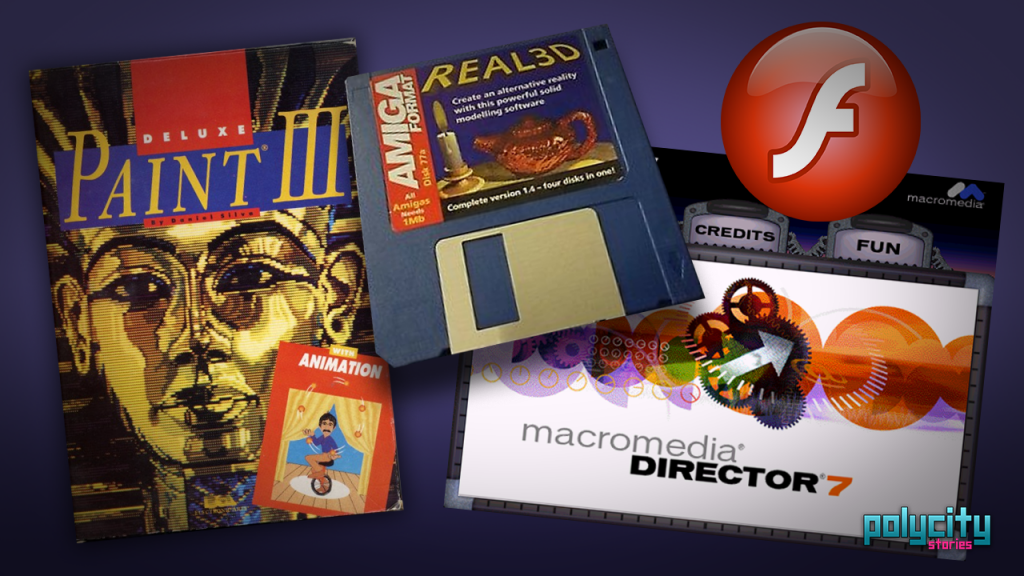
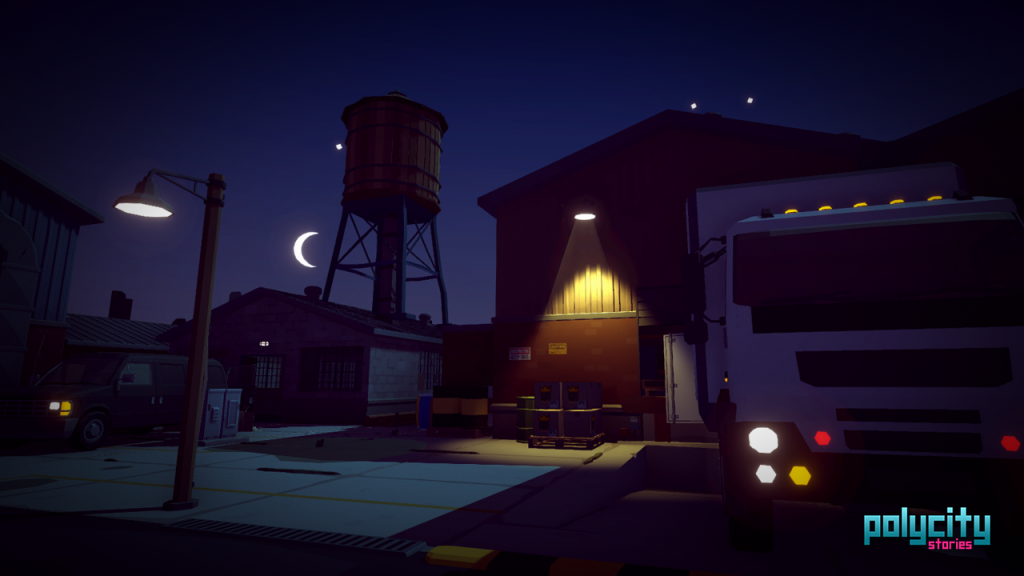

Recent Comments